This is one of the oldest of all wine areas in Italy. Evidence of viticulture exists in this region back to the 8th Century BC. Florentine wine retailers were known to exist in the 11th Century. By the 14th Century reference was being made to “Vino Nobile di Montepulciano” and “Chianti”.
This region is dominated by the wines of Tuscany and is also home to the most revolutionary of producers, who blatantly disregarded the 1963 DOC(G) regulatory authorities and created cult wines under the basic “Vino da Tavola” designation – or more colloquially became referred to as “Super Tuscans”.
A founding father of the region was statesman Bettino Ricasoli, who in the early 19th century researched which vines and districts were most suitable to produce quality wine – and in 1848 concluded that the grapes Sangiovese, Canaiolo and Malvasia were the finest. However, war and an invasion of Oidium virtually devastated the region and many producers gave up (and emigrated to America). Above all, this region is most associated with one grape – Sangiovese.
The focus will be on Tuscany in this paper. In addition, the leading wines of Abruzzo and Marche will also be reviewed.


Tuscany
Home to 41 DOCs and 11 DOCGs, at the last time of counting, this region vies with Piedmont for the title and imagery of the finest red wines in Italy. It is the third largest producer in terms of DOC(G) wine volume (after Piedmont and Veneto). 70% of the terrain is hilly, or very hilly, with much use of the elevation this affords. Soils are especially poor, and the overall climate may be described as “Mediterranean” – although summers can be with scorchingly hot and winters very cold.
It also has been the most experimental of areas, with some of the highest density plantings of international varieties – especially Cabernet Sauvignon, which paradoxically has been grown in Tuscany for over 200 years, Cabernet Franc, Merlot, but also some Syrah and Chardonnay. However, the predominant indigenous red grape is Sangiovese, responsible for the most famous of the area’s traditional wines.
Main Regions and Wines
Chianti
The original Chianti region was the now Classico area around Firenze and Sienna, although the overall (large) Chianti DOCG is further divided into 6 sub regions, the most famous of which are probably Rufina and Colli Senesi, along with Classico. The Rufina style is especially individual as it is the coolest part of Chianti, and top wines here have a relative delicacy and precision which makes them particularly appealing.
By law (since 1996) Chianti is allowed a minimum of 75% Sangiovese, a maximum of 10% Canaiolo, maximum of 10% white grapes (ONLY in Colli Senesi until 2015 harvest (by that Trebbiano and/or Malvasia)) plus up to 15% of “other” grapes – by that Cabernet Sauvignon or Merlot. The local Colorino grape is also permitted but seems to seldom feature these days in blends. These days, all “serious” Chianti is very much Sangiovese based with maybe a judicious use of Canaiolo and Cabernet Sauvignon.
The Classico area includes the renowned districts of:
- Castellina
- Gaiole
- Greve (including the star “Cru” of Panzano)
- Radda
Greve is considered by many to be the finest of all, with deeper soils of higher clay content than the generally stonier soils elsewhere.
Another trend has been for producers to move away from aging wines in the traditional old – often Slovenian oak – barrels called botti – to French – often new – oak barriques. This marriage seems to work well for the better wines, and Sangiovese in particular. Originally this would have meant these wines would have been outlawed from DOC(G) status, but authorities have seen sense over this issue and their use is no longer penalised.
Top Chianti can age well for 10 years, but due to the sheer size of region, and options in winemaking there remains significant variability in styles and above all quality.
There is now a new highest quality category in the region called Gran Selezione. This is superior to the previous Riserva category and quality classification. The Consorzio Chianti Classico state:
“For the first time in Italian winemaking legislation, a new type of wine has been introduced at the top of the quality pyramid in a designation. It is also the first time that such a far-reaching legislative revolution has taken place thanks to a decision made by the producers themselves, in this case the 600 or so members of the Consortium. Chianti Classico is the first Italian designation to aim higher, and decide to promote everything, starting with its excellent quality products”.
“Gran Selezione is produced from exclusively estate-grown grapes in the best-suited vineyards, applying strict regulations, which make it a highly prestigious wine and a new benchmark for the international winemaking scene”.
“As well as possessing the necessary chemical and sensory features for a high quality wine, before release Gran Selezione must be aged for at least 30 months in including three months of bottle ageing, with a subsequent required period of bottle maturation”.
“Gran Selezione is also credited with enhancing the various characteristic aspects of a vast and varied territory divided into nine municipalities, which differ greatly in climatic and pedological features, but are united by the unmistakeable “signature” of Sangiovese grapes. In sensory terms, Gran Selezione is a well-structured wine showing excellent balance and harmony thanks to grape selection and lengthy ageing, as well as deep, complex flavours and aromas. The palate displays approachable fruity sensations alongside the captivating hints typical of age worthy wines”.
 Giovanni Manetti – owner winemaker at Fontodi - in the Panzano (Greve) vineyards. Fontodi is one of Chianti’s finest estates
Giovanni Manetti – owner winemaker at Fontodi - in the Panzano (Greve) vineyards. Fontodi is one of Chianti’s finest estates
Two top and contrasting styles are Fontodi’s Chianti Classico and Selvapiana’s Chianti Rufina both based firmly on Sangiovese.
Fontodi’s Chianti Classico is a benchmark example of this region and style. Biodynamically made with 100% Sangiovese and French oak it has real concentration and polish. By contrast the Selvapiana Rufina has lovely elegance and poise without any loss of power. In addition, Vino Gusto lists both their superb Riserva aka Gran Selezione wines – Vigna del Sorbo and Bucerchiale respectively.
Super Tuscans
This general term was applied to a number of producers who challenged the rigidity of the DOC(G) rules and set out to make standard bearing, iconic wine brands (mainly red) – often from international varieties, but also including, or blending, with Italian varietals. These wines were boldly labelled as “Vino da Tavola” – the lowest and most general ranking classification, but which sold for prices way above many prestigious DOC(G)s.
Piero Antinori’s Sangiovese and Cabernet Sauvignon blend Tignanello (first vintage 1971) was one of the founders of this movement. He also created the Bordeaux blend Solaia. But long before this wine, in the coastal Tuscan district of Bolgheri (please see later section) Tenuta San Guido had created a family Bordeaux blend (Cabernet Sauvignon and Cabernet Franc) called Sassicaia, which became the most famous of them all and set the hare running for others to match with their own Bordeaux blends. Such has been their progress and endearing levels of quality that today, wines such Tignanello, Solaia, Sassicaia, and Ornellaia are sort after on the world fine wine stage comfortably sitting alongside top Bordeaux.
This trend led to producers in Piedmont and Veneto also producing versions of VdTs, although today this trend has virtually stopped and the majority of “Super Tuscans” are now made within existing or new DOC(G) guidelines – eg Sassicaia actually has its own DOCG.

Tuscany's most famous label?
Vin Santo
At their best these wines (meaning “holy wine”) are superb and highly individual sweet wines, whose origin is firmly Tuscan (and mainly Chianti). Granted DOC status in 1997, historically these wines were made in the lofts of producers and were a passito based wine – from dried or semi dried grapes, although some producers may also use non dried grapes in the blend.
The classic grapes used are Malvasia and Trebbiano, more rarely red and rosé styles have been made from Sangiovese.
After the grapes have dried out (3–6 months), they are gently pressed, and the resulting must fermented. In Tuscany the winters were often so cold as to delay or even stop fermentation, so the solution was to use with a “starter culture” (called madre), which was taken from the previous year’s wine. The natural grape sugars are so high that fermentation is stopped to create a sweet dessert wine. Vin Santo is not fortified.

Air dried Trebbiano grapes ready for Vin Santo
After fermentation is over, the wine is left to age in small wooden barrels called caratelli. These casks were completely sealed (therefore not topped up) to compensate for natural ullage (evaporation), which resulted in creating a lightly oxidative style. This contributed to the wine’s rich amber colour, and although it is an accepted as part of the vin santo nutty and raisined style. However, some modern producers now use temperature controlled environments to retain a certain freshness in the wines. Ageing lasts for a minimum of three years, although some producers leave their wines for as long as ten.
Fèlsina’s 2014 is a classic example made from air dried grapes and fermented and aged in barrel for 7 years prior to bottling. With 192g/lt of residual sugar it is a hedonistic sweet wine with alluring dried apricot and baked pineapple notes and a good lick of caramel.
Brunello di Montalcino
The first region to be granted DOCG status and based around the ancient town of Montalcino (to the south of the Chianti district) this (much smaller) region has built a significant reputation (and higher prices). The clone of Sangiovese used here is called “Grosso” or “Brunello”, which was isolated in the mid 19th Century by Clementi Santi (of in time Biondi-Santi fame) which allied to the warmer and drier growing conditions, generally makes wines of greater power and structure than in Chianti, although this can lead to issues of over extraction. There are over 200 growers in the DOCG.
Vineyards are planted in all directions resulting in a variation of styles, but in general the northern and eastern areas are cooler and the south and west warmer – where, not unsurprisingly, richer and fuller bodied wines are made. Vineyards can reach up to 500m in height, whilst others are low lying – again contributing to the variation in styles.
As with many regions Brunello also plays around with international varieties – especially Merlot and Cabernet Sauvignon – and many winemakers produce these branded cuvées as part of their portfolio.
By law wines require a minimum of 4 years aging with Riservas needing 5 years. There is secondary classification called Rosso di Montalcino which only requires 2 years aging and allows producers to make a second wine from declassified lots and younger vines. Traditionally wines were aged in large Slovenian oak barrels (called botti) but again French oak barriques are making up an increasing percentage of the aging process.
Top Brunellos can age easily for 20 years and in general top examples sell for 2-3 times the price of comparative Chiantis.
A good example is the Rosso di Montalcino from the estate of Conti Costanti. Under the control of Andrea Constanti this 10ha, 200 year old family estate now sits firmly in the highest echelon of the Brunello region. Ready for drinking there is lovely bright cherry fruit and a savoury dried herbs touch.
Vini Nobile di Montepulciano
Located to the east of Brunello and not to be confused with the Montelpulcaino grape (ie d’Abruzzo) this Sangiovese based wine and region is one of the oldest recorded areas. The Sangiovese variety in this region is referred to as Prugnolo Gentile and by law must account for at least 80% of the blend, with Canaiolo and Mammolo usually making up the residue. As with other areas of Tuscany plantings of Cabernet Sauvignon and Merlot are increasing. Wines are aged for 2 years and Riservas for 3.
Bolgheri
Situated close to the Mediterranean on the western flank of Tuscany this is home to the largest concentration of (mainly) Bordeaux based varietal blends. Relatively flat and cooled by the ocean breezes many argue here that the soil and climate are not conducive to the production of high quality Sangiovese. Originally a marsh land and wildlife area the land has pockets of gravel and a mix of red, white and dark loam clay soils. There is a patchwork of vineyards in the top sites, although increasing plantings on boggier and sandy soils do not bode well for the exploitation of this area and reputation. The only estate with any elevated vineyards is Tenuta San Guido (Sassicaia) and they favour very much the addition of Cabernet Franc in the blend (over Merlot). Its near neighbour Tenuta dell’Ornellaia possesses a small 7 ha IGT site, called Masseto – of deep clay, sand and gravel which has become a benchmark, world class single vineyard Merlot, easily the finest in Italy. Ornellaia itself is a classic Bordeaux multi blend. The region was formally DOC(G) recognised in 1994.
Bolgheri can also make White (Vermentino dominant), Rosé and Sweet (Vin Santo) style wines.
The good news is that are also more affordable top class examples of classic Bordeaux blend Bolgheri reds, such as the excellent Poggio al Tesoro Estate acquired by the Allegrini family in 2002. A blend of Cabernet Sauvignon, Merlot, and Cabernet Franc this estate sits right next door to Ornellaia! 2 years in French oak (70% new) there is plenty of body and elevated cassis fruit.
Carmignano
Ironically the first “Super Tuscan” without pretending to be one, or universally considered as one. DOC laws formally allowed producers to use both Cabernet Sauvignon and Franc in their blends because it was argued that these varieties had a long history in the area, by that they were blending a far back as the 18th Century.
Sangiovese must constitute at least 50% of the blend by law. A “Riserva” must be aged for 3 years.
Awarded DOC status in 1975 and DOCG in 1990. The region also produces (very good) Vin Santo.
The historic estate of Capezzana (fully certified Organic) is considered by many to be the finest in Carmignano. The flagship Villa di Capezzana - from the oldest vines and higher elevation vineyards - is 80% Sangiovese and 20% Cabernet Sauvignon with 16 months aging in French oak. The Barco Real offers excellent value for money – again 75% led with Sangiovese from younger vines, then a blend of Cabernet Sauvignon (15%), Canaiolo (5%), and Cabernet Franc (5%), then aged for around 6 months in French oak.
These wines really showcase well how the black fruits and structure of Cabernet blend well with the red fruits of Sangiovese. Plenty of body too but nicely rounded.

The Capezzana Estate
Marche

An Eastern coastal region with 13 main producing areas and a range of microclimates. Soils are a mix of calcium, clay and limestone. Wine history going back over a thousand years and today most wine is still under IGT and Vino da Tavola labels (about 80% of production). There are 15 DOCs and 4 DOCGs.
Best known as a white wine region, dominated by Trebbiano and the more famous Verdicchio grapes. The two leading areas for Verdicchio are dei Castelli di Jesi and di Matelica.
Castelli di Jesi – around the town on the Ancona district - DOC with a DOCG Riserva category from 2010, usually more supple and forward than its southern neighbour Matelica. Mainly dry, crisp and unoaked in style there are also some spumante versions and passito dried grape styles.
Di Matelica - inland and only 1/10th the size of di Jesi. Vineyards are generally planted at a higher altitude. This can add a subtle balancing character to the generally richer style of Matelica. Some produces accentuate this with a small addition of Malvasia, with a number including some oak aging in the regime.
Another notable white wine from Marche is Bianchello di Metauro, made from the indigenous Bianchello grape.
Among the red wines of Marche, the most interresting are made from Montepulciano and/or Sangiovese, especially the fragrant Rosso Conero Riserva, maybe the best of all the reds in the region. There is also the local red grape Vernaccia Nera used in both still and sparkling wines.
Along with the main reds are DOCs Rosso Conero (the Riserva has the DOCG status) and Rosso Piceno. These are the firmest and most tannic wines of what is predominantly a white wine region.
Abruzzo

A very old vinous region (6th Century) which went into decline for several centuries and struggled economically. In the last 50 years the winemaking has been revitalised (thanks mainly to Co-operatives) and it is now home to one of Italy’s best value for money and characterful red wines. Oenologist Gianni Masciarelli, for example, has done much to revitalise the region and reputation.
Today it is Italy’s 5th largest wine region in terms of production. Rugged and atmospheric, Abruzzo has some of the country’s highest peaks (eg Gran Sasso at 10,000 feet) and an abundance of micro climate and soil types which allow for a broad canvas of style and quality. 75% of all the vineyards are found in the hilly area of Chieti, with the most revered area being the lower hills of Teramo in the Colline Teramane. Most vines are still planted in the pergola style, which allows for other crops to be grown underneath.

Classic Abruzzo topography
Montepulciano d’Abruzzo
Created in 1968 this is the region’s most famous wine, grown mainly on the Adriatic coastal side. Made from the Montelpulciano grape this must not be confused with Vino Nobile di Montepulciano in Tuscany, which is made from Sangiovese. The vast majority is DOC, but there is a superior DOCG area from the Teramo province called Colline Teramane.
The reds are soft, juicy, more black fruit in style and very easy drinking whilst remaining very “Italian” in style. A Riserva must have been aged for at least 6 months in oak and 3 years aging overall. There are 5 other sub regions in the area.
Colline Teramane
This 2003 DOCG sub region has the finest micro climatic conditions and soil structure. Here crop levels are reduced to accentuate its qualities. A minimum of 90% Montepulciano (and maximum 10% Sangiovese) is required by law with at least 2 years aging, of which one year must be in cask. A Riserva must spend a minimum of 3 years aging. These are the most structured and refined reds if the region.
We finish with an authentic and terrific value for money example. The Gran Sasso Montepulciano comes from a blend of 3 vineyard sites and was stainless steel fermented, then oak aged for 6 months – nice and savoury with bright black fruits and plum notes, and silky tannins.


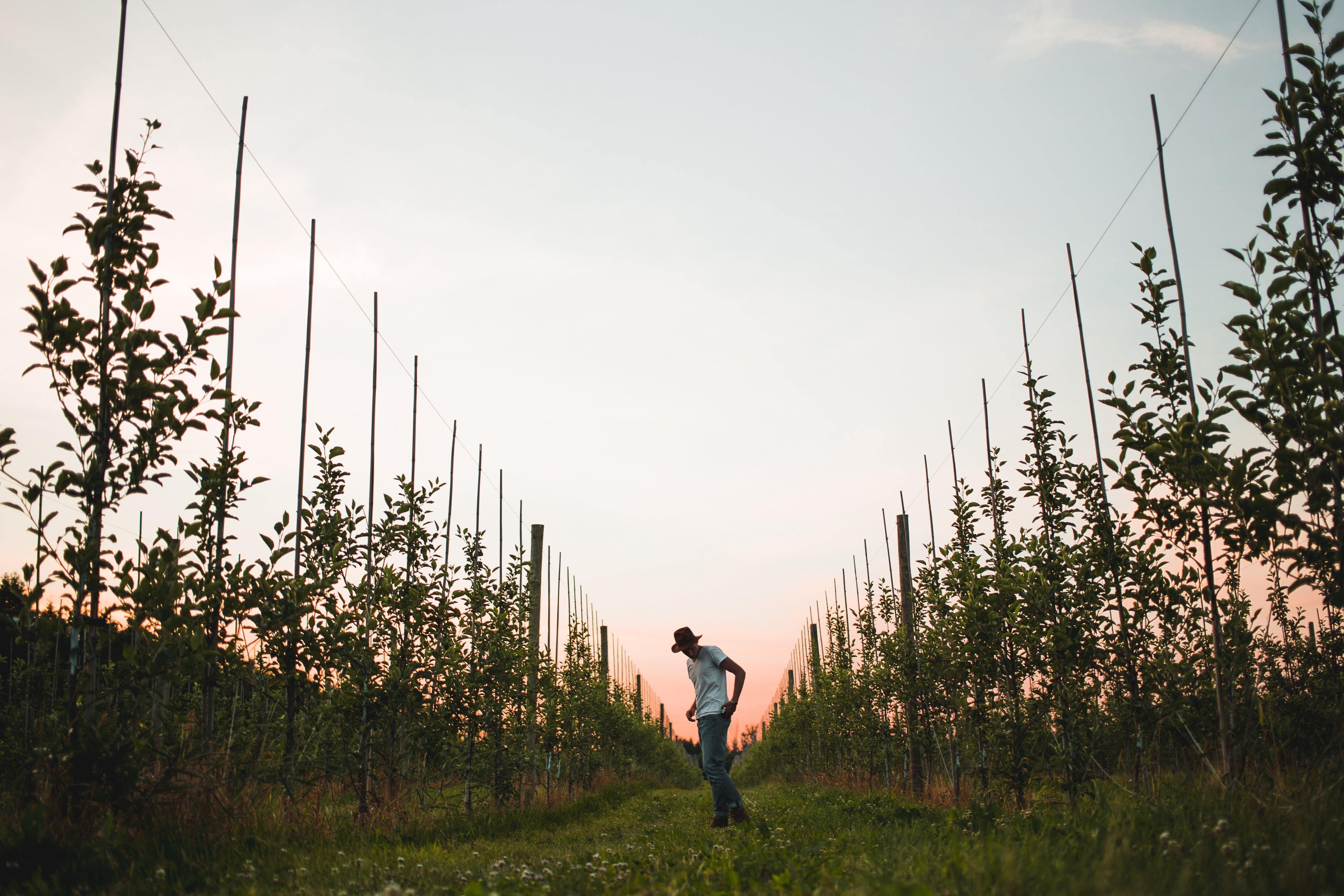
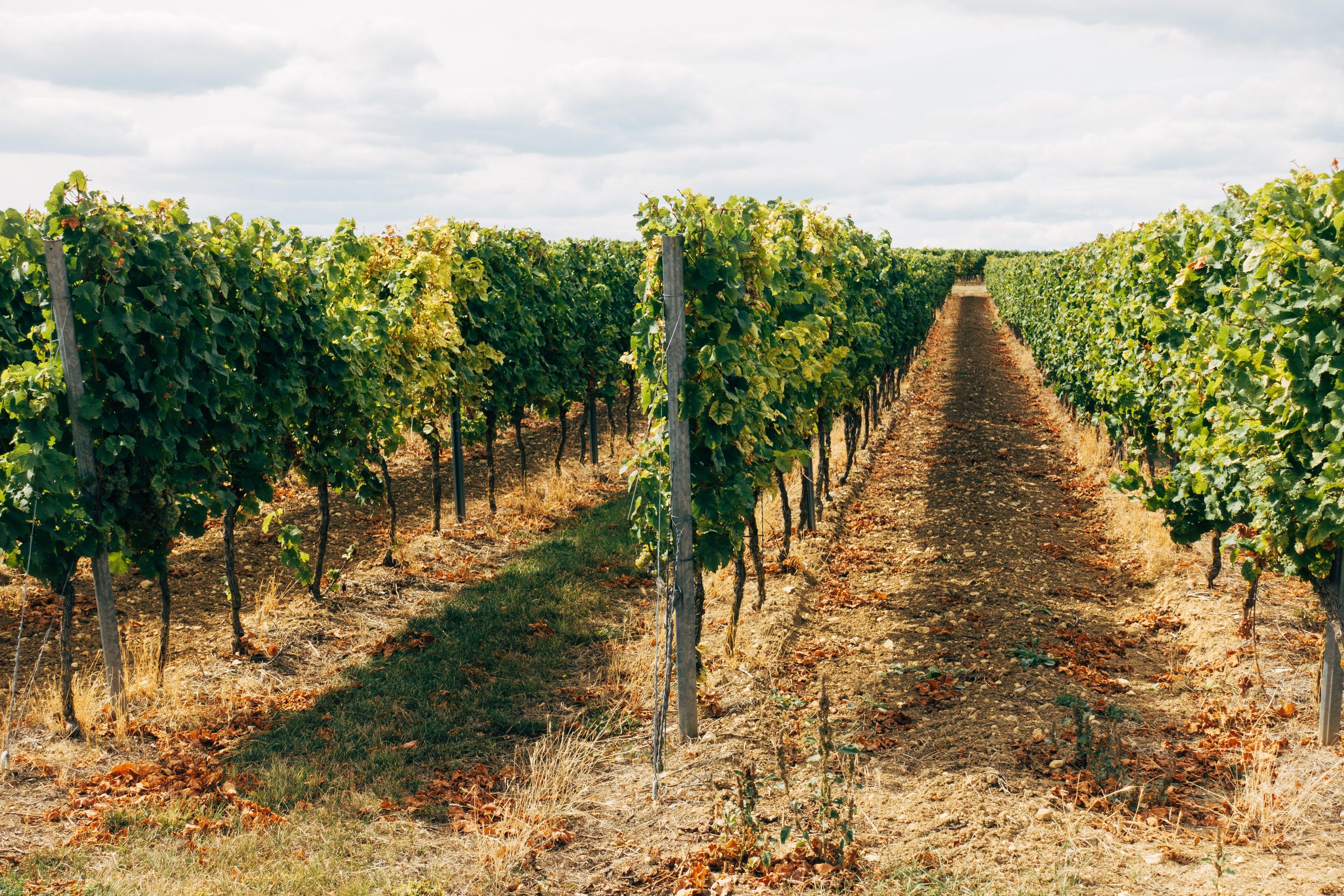
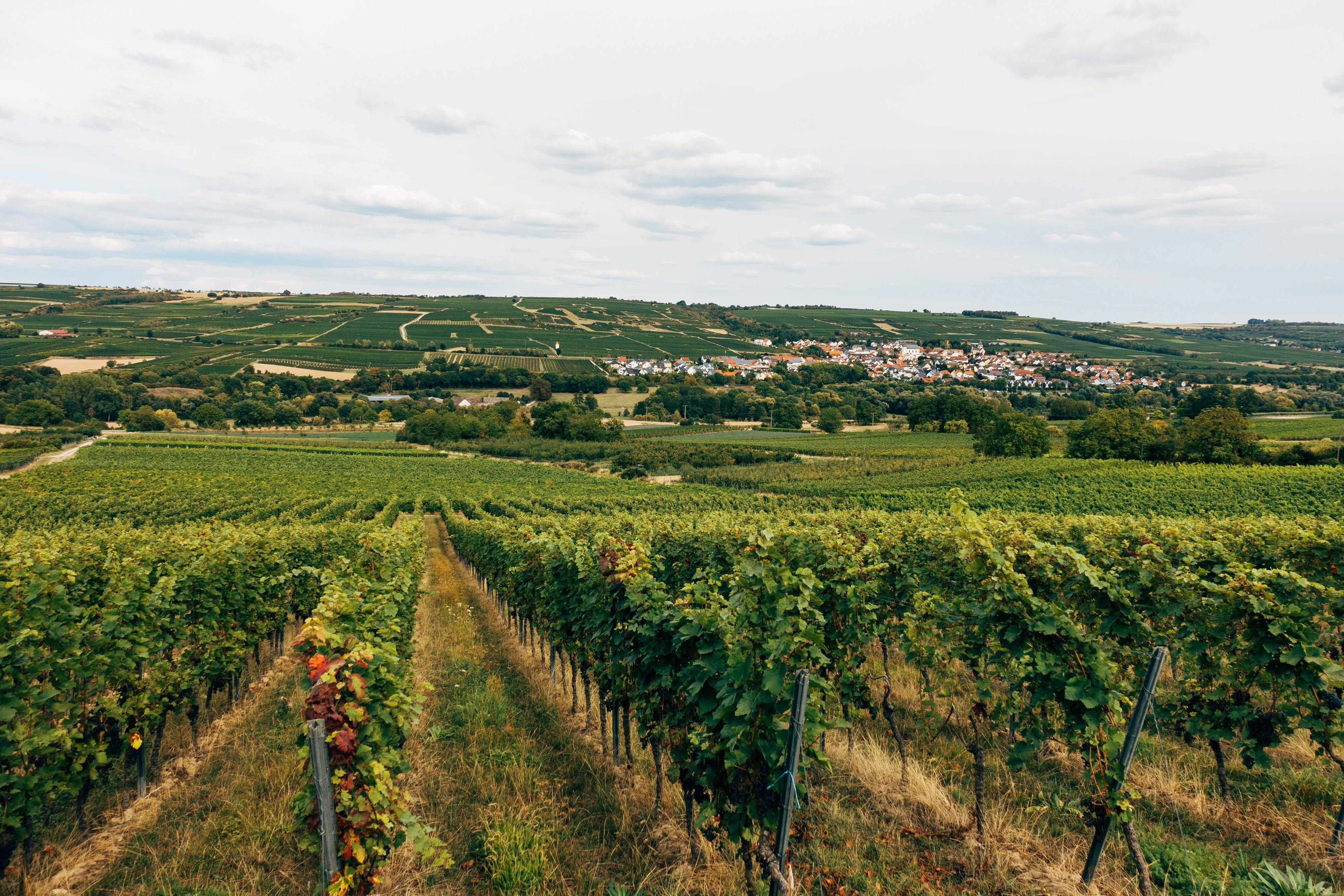
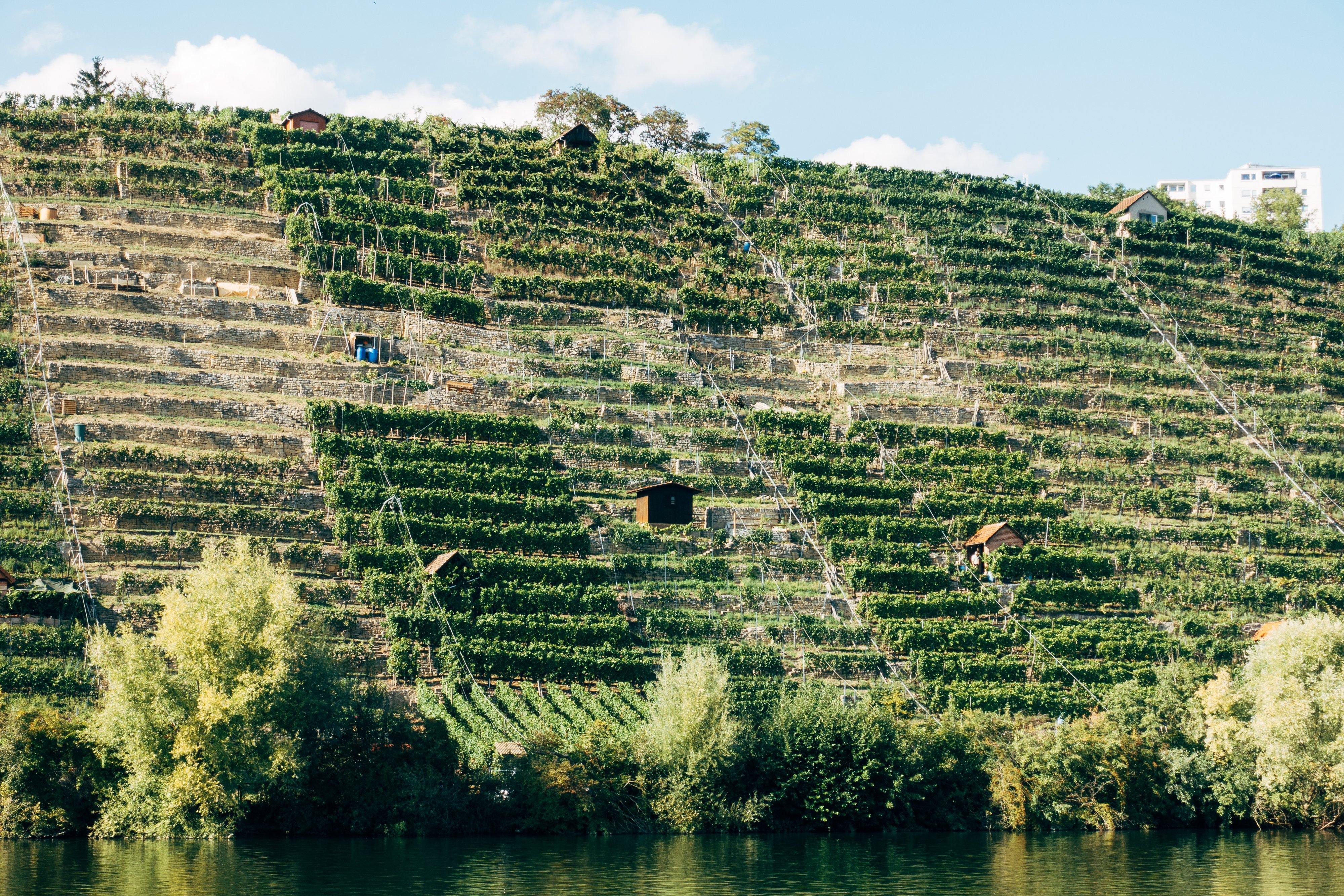
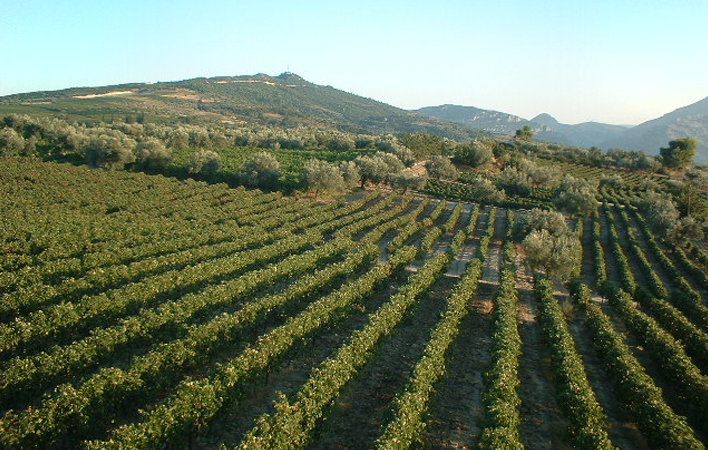
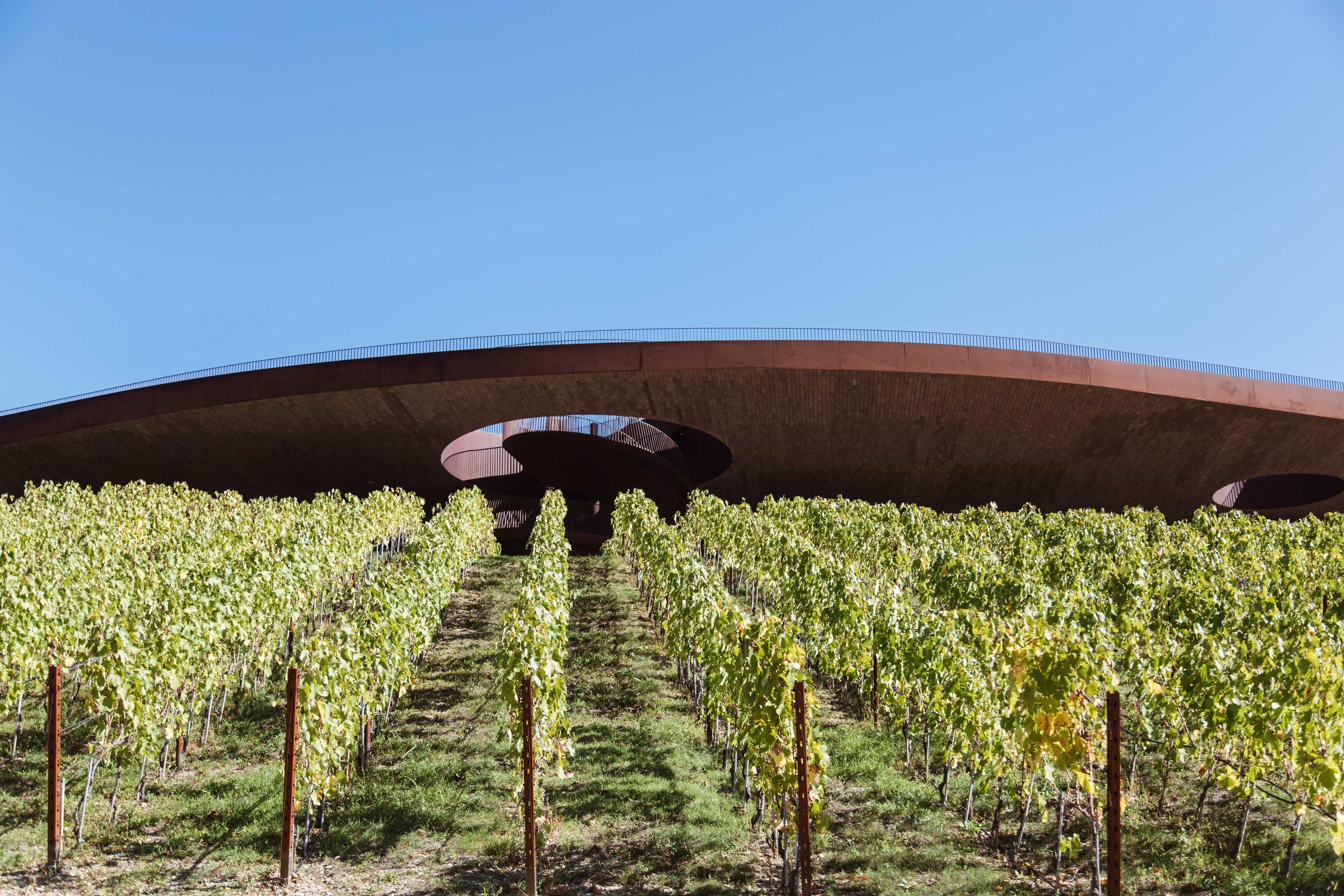
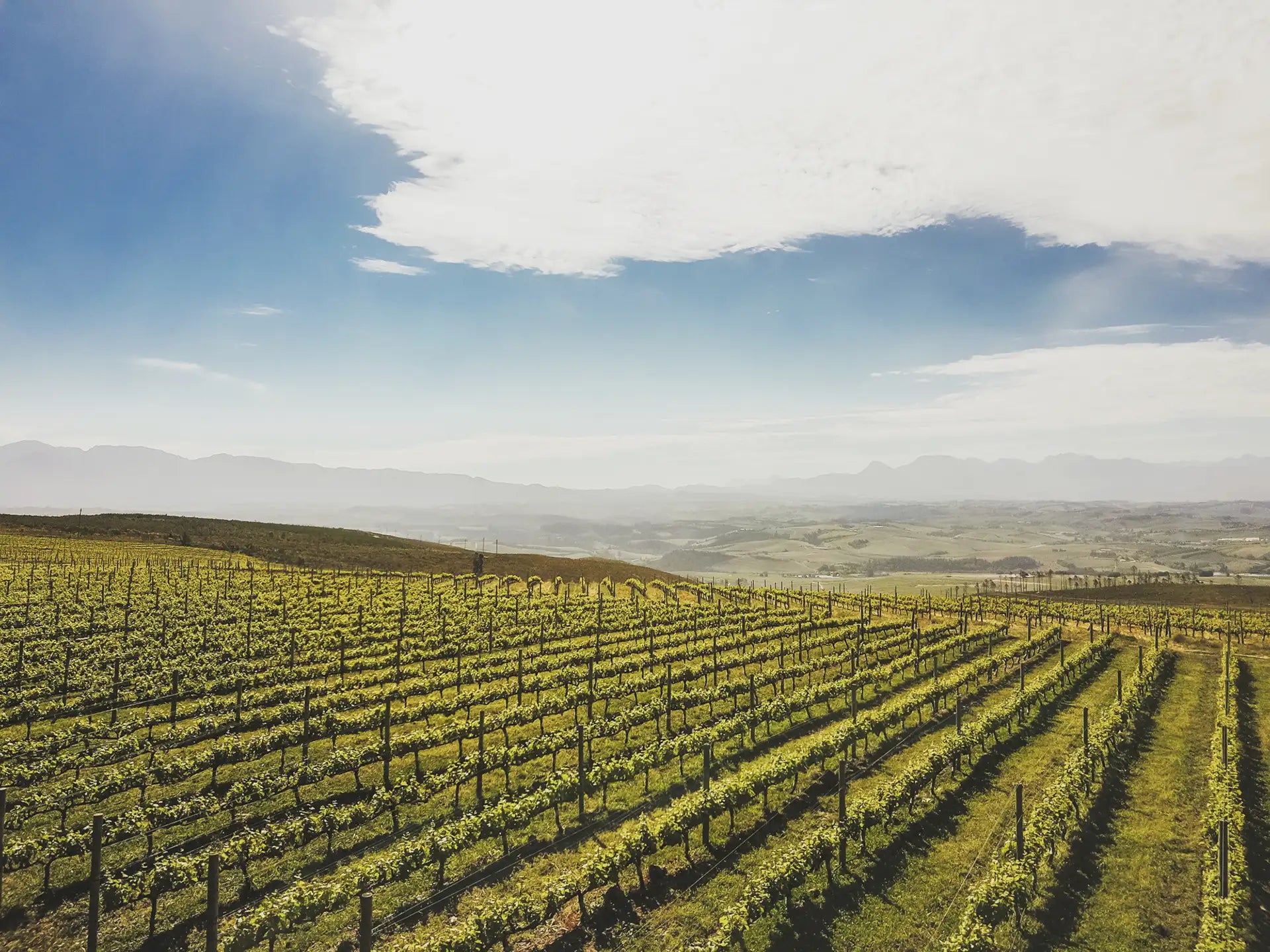
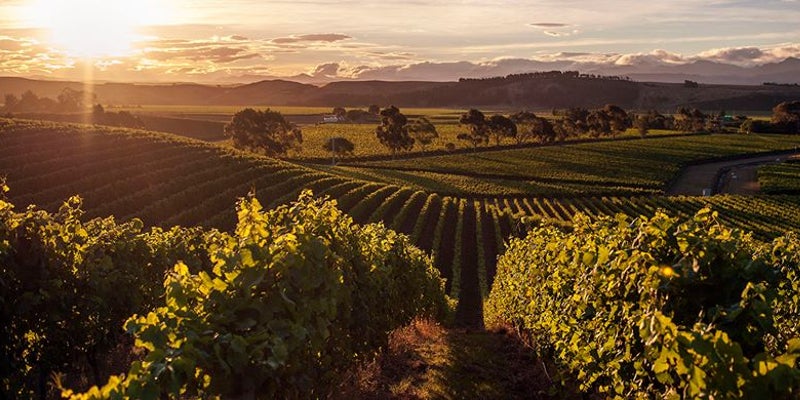
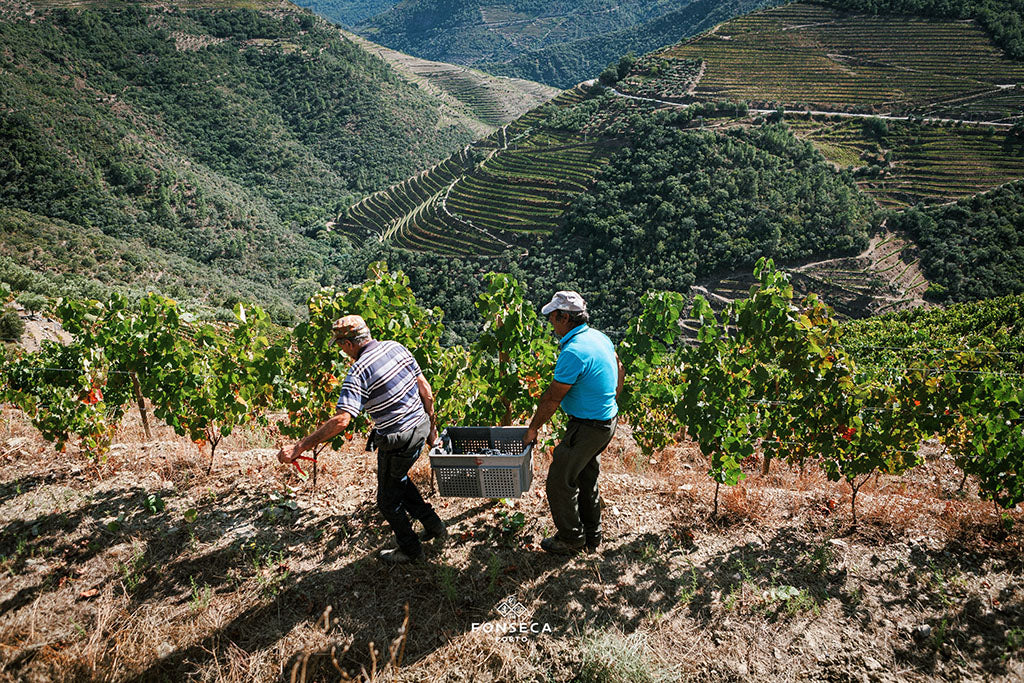
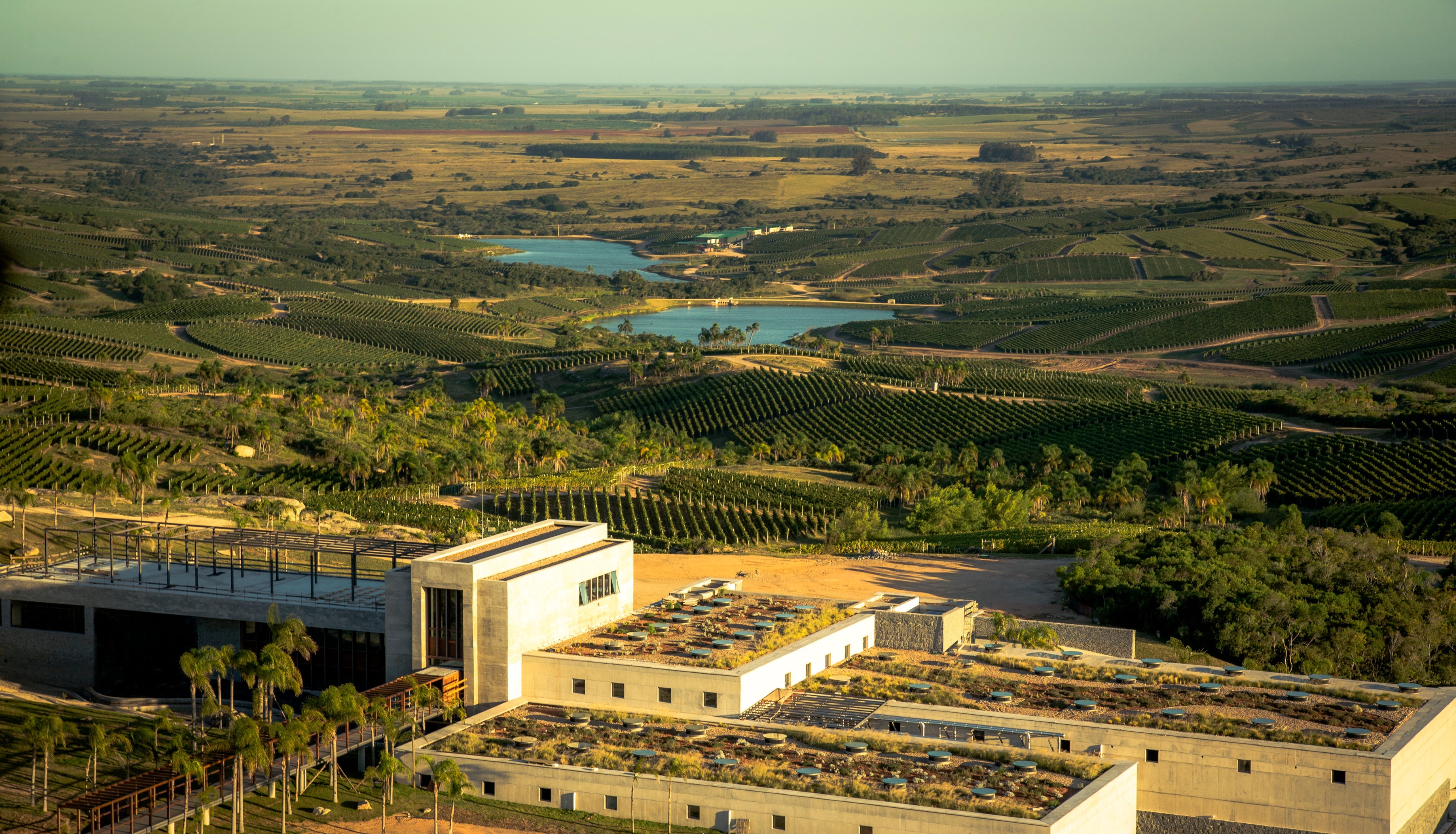
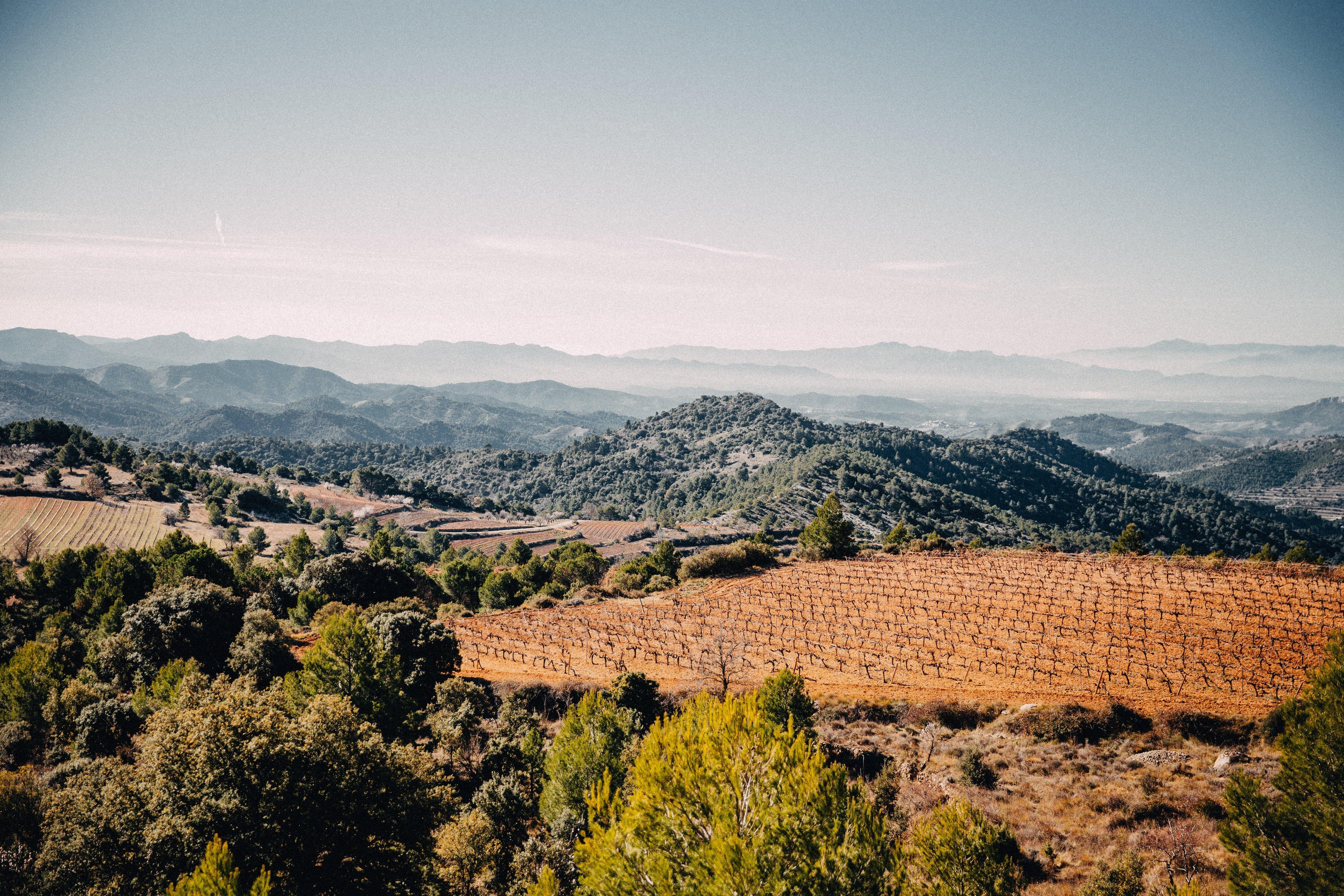
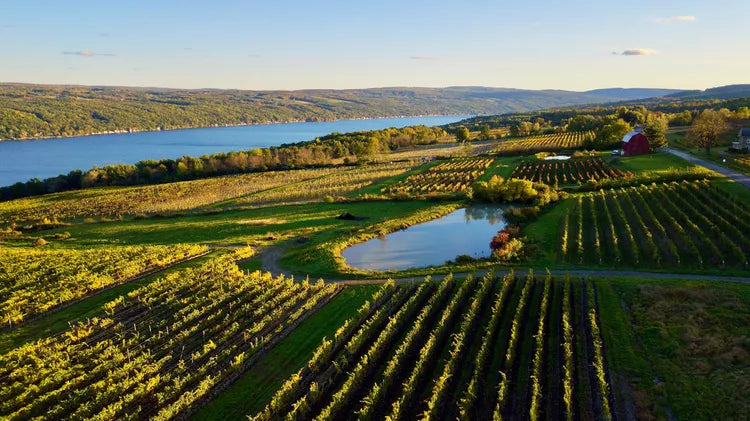

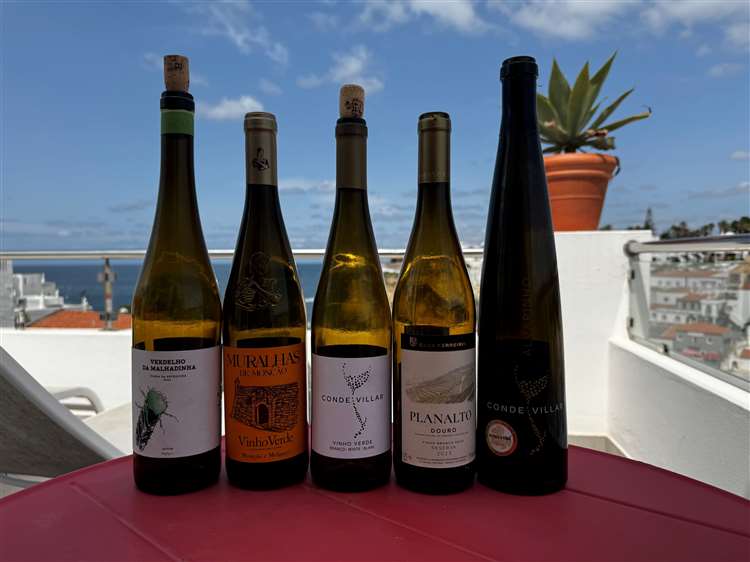
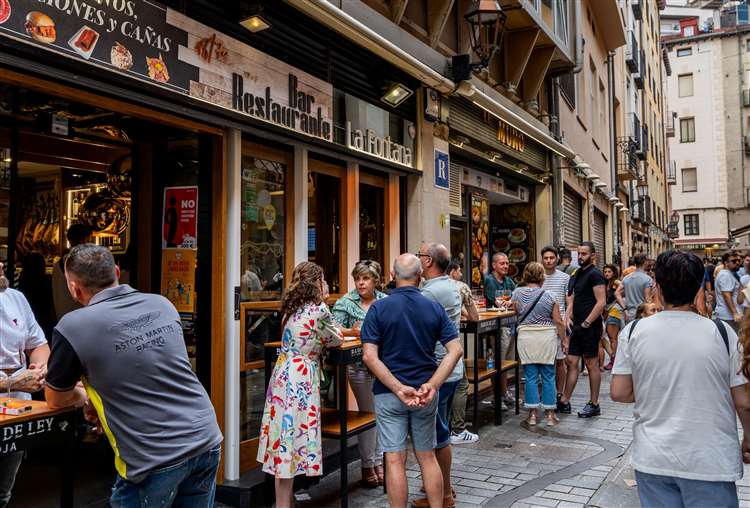
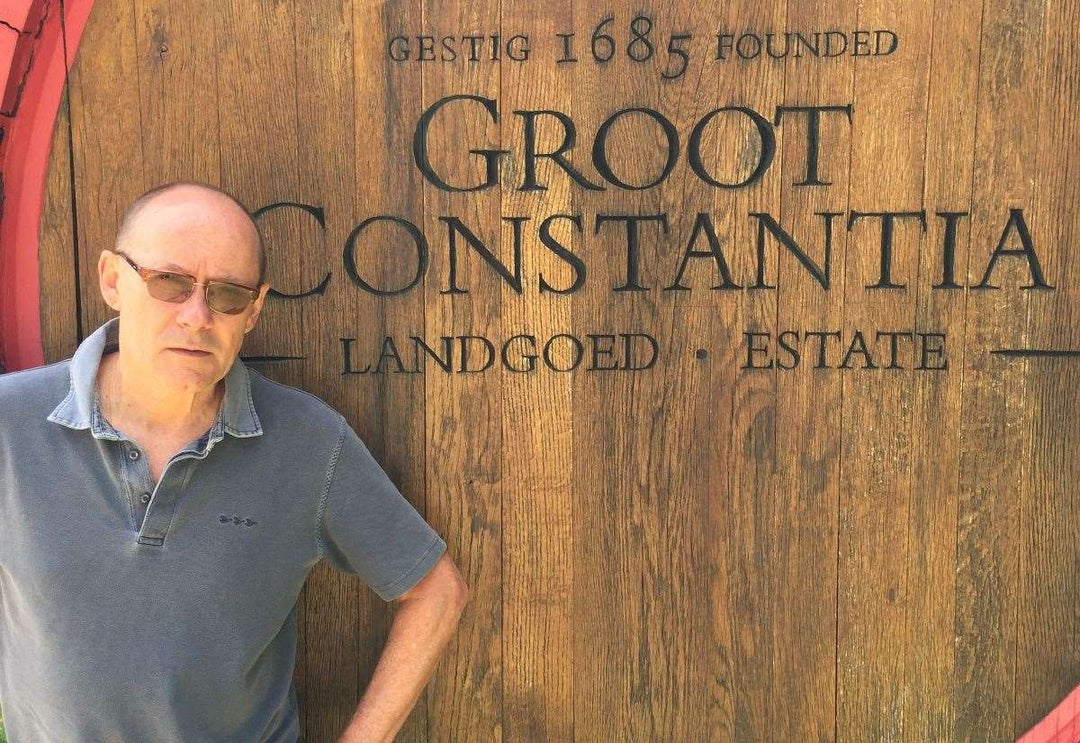
Leave a comment